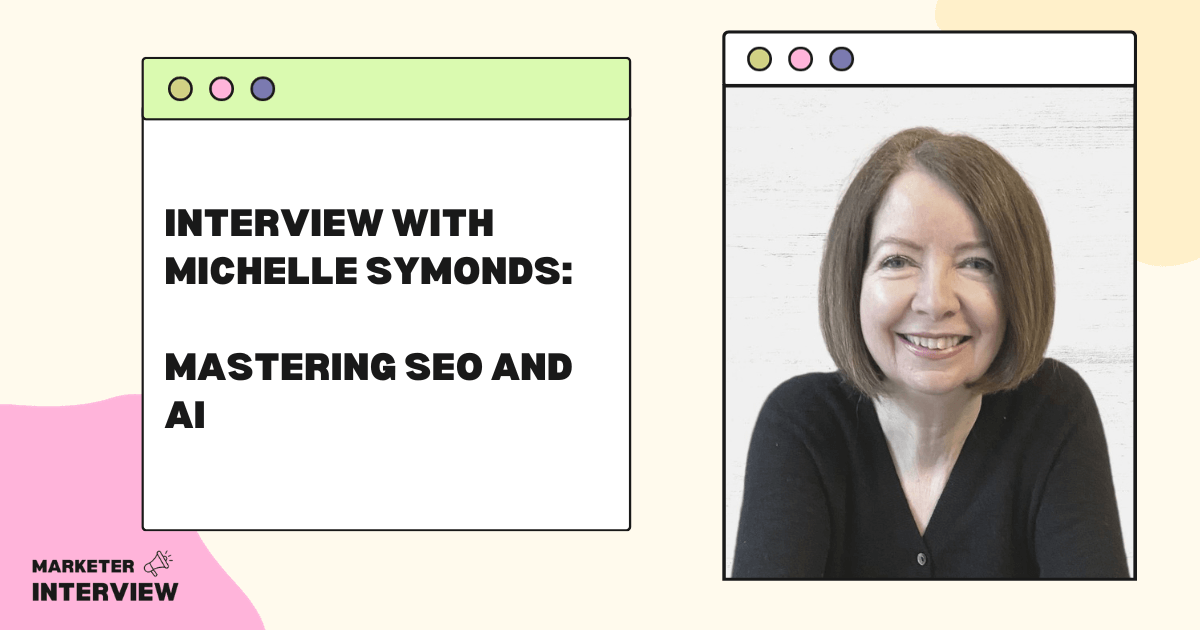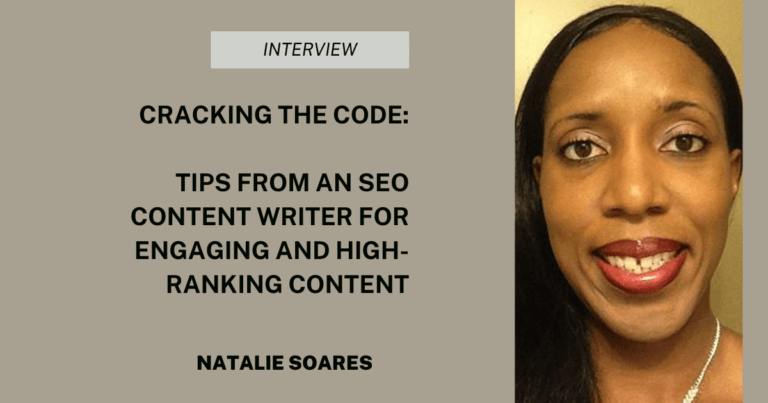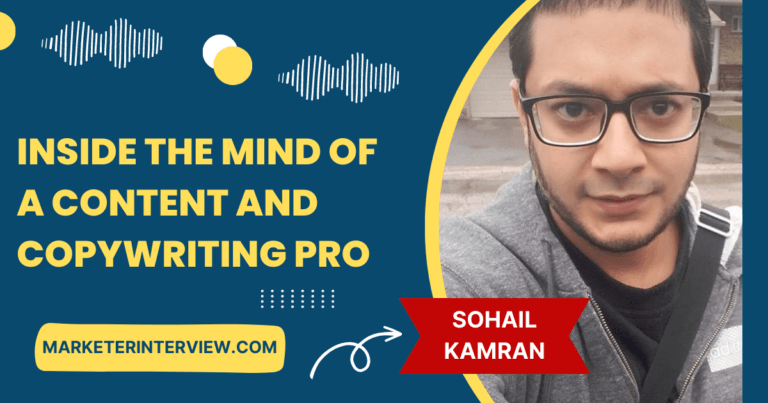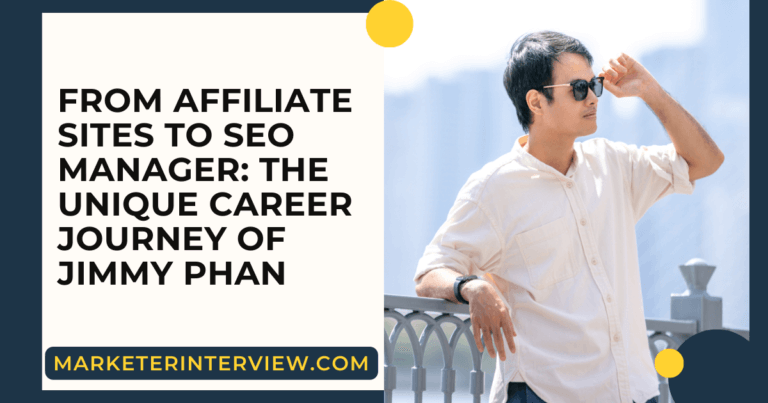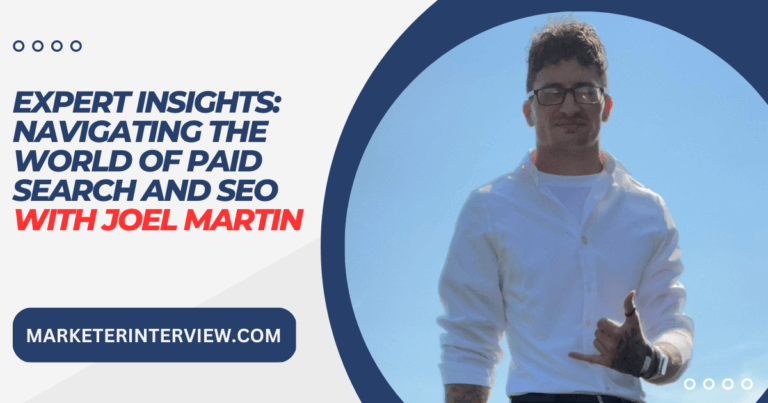Interview with Michelle Symonds: Mastering SEO and AI
Welcome to another insightful edition of Marketer Interview!
Today, we have the privilege of speaking with Michelle Symonds, Founder and CEO of Ditto Digital.
With a career spanning nearly 15 years, Michelle has not only witnessed but actively shaped the evolution of SEO, content marketing, and the integration of AI in the field.
Join us as we explore Michelle’s journey and strategies and gain a deeper understanding of the dynamic intersections between SEO, content, and AI.
Contents
- 1 Can you share how you ventured into the marketing realm and ultimately specialized in SEO and content marketing?
- 2 Your expertise covers technical SEO, content marketing, and AI integration. Could you elaborate on how these areas intersect and bolster each other in today’s digital landscape?
- 3 Tell us about your role as the Founder & CEO of Ditto Digital. How do you guide SMEs to compete with more prominent brands using organic search strategies?
- 4 With nearly 15 years of experience, what significant changes have you witnessed in the SEO landscape? How have these changes influenced your approach to SEO campaigns?
- 5 Keyword research is a cornerstone of SEO. Could you walk us through your process of conducting effective keyword research that drives tangible results?
- 6 Link building is a powerful but often misunderstood strategy. How do you approach link building and backlink analysis to build a solid online presence?
- 7 Competitor analysis is crucial for staying ahead. What are your top strategies for dissecting competitors’ digital efforts and leveraging insights to your advantage?
- 8 Your expertise also includes AI integration in content marketing. Can you share some examples of how AI has revolutionized content creation and distribution in your campaigns?
- 9 SEO audits and health checks are pivotal for optimization. Could you explain your approach to conducting comprehensive SEO audits and ensuring the health of a website’s SEO?
- 10 Conversion Rate Optimization (CRO) is the bridge between traffic and results. What CRO strategies do you employ to maximize the value of incoming organic traffic?
- 11 In today’s rapidly evolving digital landscape, tools and software are essential. Please highlight the key tools and software you rely on for your role and how they contribute to your success.
I had worked as a software designer and developer, and later an IT Project Manager, for over 10 years at a Fortune 500 company. I was looking for a new challenge where I could still use my technical expertise and develop new skills.
At the time, SEO was still a fledgling industry, and the opportunity to join such a new industry was exhilarating. So, I built a website to prove SEO theory worked and develop real-world experience. Around the same time, I took on my first few clients, and back then, I implemented every aspect of their SEO and content marketing campaigns, from writing content to improving HTML code and building backlinks.
I thought long and hard about specializing in SEO, but because I had a strong network of trusted partners in other related fields (such as web design/development), I knew I could call on experts in those fields when needed for my clients. I believed then, as I still do, that I could deliver a superior SEO service as a specialist.
Your expertise covers technical SEO, content marketing, and AI integration. Could you elaborate on how these areas intersect and bolster each other in today’s digital landscape?
Content has always been a fundamental part of a successful SEO project. However, as search engines have become more sophisticated and people have come to expect more from search results, every content strategy has had to up its game. Content is an opportunity for a company to demonstrate its expertise, which helps build trust and credibility amongst online audiences.
However, technical factors related to the web page on which content resides are also essential to succeed in the digital landscape. These factors include Google’s Core Web Vitals, which, in simple terms, measure how quickly a web page becomes visible and stable and how quickly a person can interact with the page (e.g., by scrolling or clicking a button). So it’s not just about content that demonstrates expertise but also how it is technically delivered to web visitors.
And, of course, with the emergence of some great AI tools in 2022, content creation has changed, as has content analysis for clients and competitors. AI tools now provide deeper insights into why certain content ranks higher in search listings than others. I use those insights to improve existing client content and to generate superior new content. However, for genuine thought-leadership articles, case studies, or research-led articles, I still use professional copywriters with industry knowledge because AI isn’t great at fact-checking and innovative thinking (yet).
Tell us about your role as the Founder & CEO of Ditto Digital. How do you guide SMEs to compete with more prominent brands using organic search strategies?
One of the significant advantages of SEO is that SMEs can compete with large, well-known brands in organic search with the right strategy.
The best organic search strategies identify the strengths and weaknesses of large brands and focus on challenging them where they are weakest. However, I also have clients for whom I have outperformed large organizations for high-profile searches through highly detailed analysis and by being agile and flexible to changing circumstances in a way larger organizations are not.
The best strategies also provide specific advice and solutions to the target audience to capture attention early in the buying journey. Hence, they know and trust the company when they reach the final purchasing stage.
With nearly 15 years of experience, what significant changes have you witnessed in the SEO landscape? How have these changes influenced your approach to SEO campaigns?
Some of the most significant changes in the SEO industry have been fundamentally designed to deliver a better experience to people, so I always welcome changes to Google’s algorithm.
For instance, content that demonstrates genuine expertise is formatted so that it is easy to read, loads quickly, and attracts natural backlinks. Websites that work well on devices of all sizes, with slow and fast internet connections, are easy to navigate and are free of errors. All of these (and much more) are ranking factors. Because search engines like Google have incorporated them into their ranking algorithm, this has driven businesses to improve their websites in a way that benefits their customers.
That doesn’t mean it is easy to adapt to changes in the SEO landscape. Still, it does mean that my approach to any SEO campaign is to be prepared for change, anticipate risks to the current strategy, and make plans to mitigate any external influences that might negatively impact it. No SEO campaign should ever be static but always keep evolving and improving – it’s one of the reasons the SEO industry is so exciting to work in!
Keyword research is a cornerstone of SEO. Could you walk us through your process of conducting effective keyword research that drives tangible results?
Keyword research always starts with a face-to-face discussion to understand business goals and the target audience. The discussion focuses on core products and services offered by a business and, crucially, on the typical problems their customers might have because valuable keywords that produce actual commercial results for SMEs are not always directly related to products/services.
The next stage is to research competitor content, discussions on active forums, and social media activity relevant to the business to expand the keyword list generated in the face-to-face discussions.
Tools like Google’s Keyword Planner can be used to discover additional keywords and detail the number of searches for each potential keyword in target locations. Other keyword research tools, such as AlsoAsked, are used to identify a broader range of relevant and particular search queries that individually have low search volumes but, combined with similar queries, can generate organic traffic with a higher conversion rate than traditional keywords.
It’s important to note that keyword research is not a one-time process. Still, as more data on traffic, engagement, popular content, and conversion rates becomes available throughout an SEO campaign, keywords can be refined and improved.
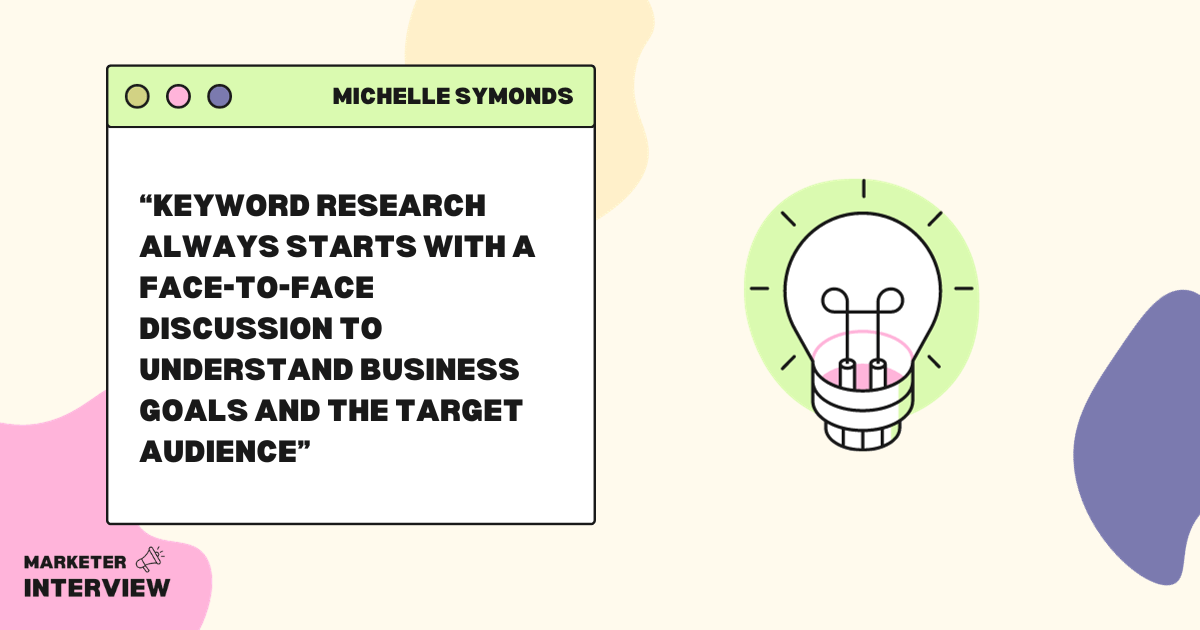
Link building is a powerful but often misunderstood strategy. How do you approach link building and backlink analysis to build a solid online presence?
High-quality link-building is essential to SEO, but knowing what “high-quality” means is critical to success. I approach link-building by comparing client and competitor backlinks to identify strengths, weaknesses, and opportunities.
For every potential linking website, I analyze various metrics to identify the value of potential backlinks. These metrics include multiple industry-standard values such as Ahrefs Domain Rating (DR), organic traffic levels, domain age, country, and the number and quality of existing external links. Every site is also visually inspected for content uniqueness, relevancy, and quality. Even the best AI tools still need to replace a visual inspection of a website to gauge quality.
A simple way to start the link-building process is to gain backlinks from websites that significant competitors already have. However, just keeping pace with major competitors is not enough to outperform them, so I have an ongoing process of building relationships with reputable digital publishing platforms and other businesses to develop mutually beneficial collaborations that help secure backlinks.
I continuously analyze the backlink profile to ensure individual links add and continue to add SEO value and a balance of “dofollow” links and different types of anchor text. There is no ideal proportion of either as it depends to a certain extent on industry and individual competitors. However, I apply best practices based on my experience across different industries, both B2C and B2B. Cross-industry analysis can reveal different strategies that can provide a competitive edge.
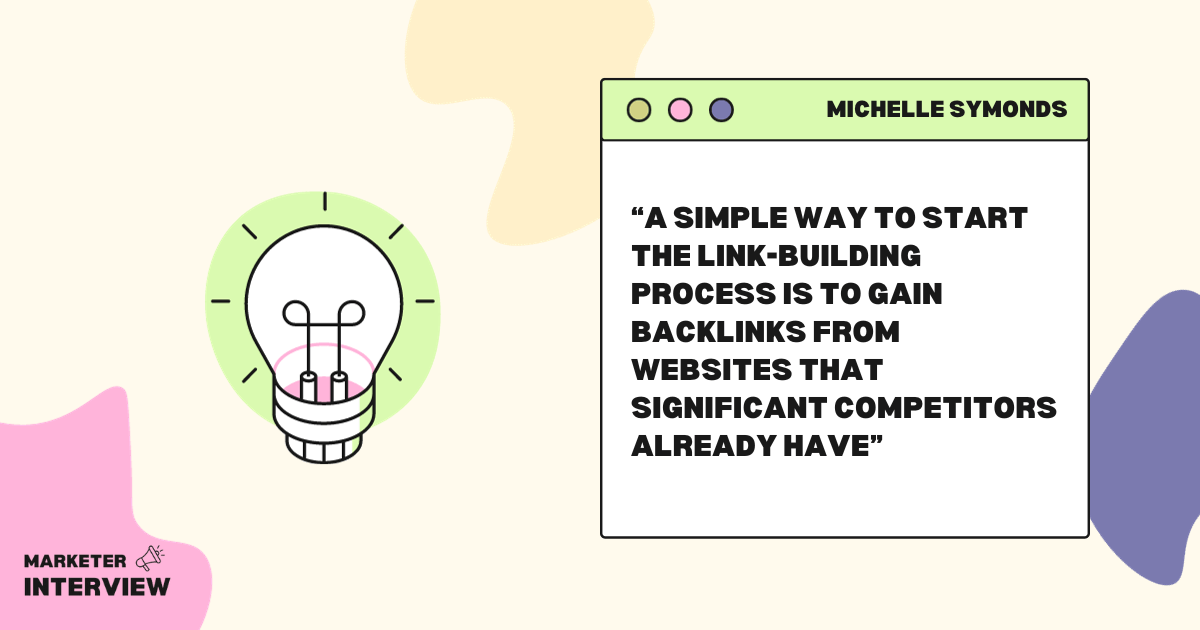
Competitor analysis is crucial for staying ahead. What are your top strategies for dissecting competitors’ digital efforts and leveraging insights to your advantage?
I always aim to understand competitor websites and their strengths and weaknesses as thoroughly as I understand my client websites.
That means I run in-depth SEO audits for competitor sites, monitor their rankings, analyze their backlink profile, and review their content strategy. These insights help build more effective organic search strategies for my clients that differentiate them from their online rivals.
That might mean ensuring client websites have no technical errors and achieve maximum speed performance or producing superior content that more clearly addresses searchers’ needs. I also use bespoke schema markup, TF-IDF analysis (Term Frequency-Inverse Document Frequency), and NLP analysis (Natural Language Processing).
The past year has seen a revolution in content creation and analysis, and it has only just started. Firstly, AI tools have enabled me to review all existing client content and quickly gain new insights for improvement – specifically around natural language use formatting and images. That enables me to use content assets built up over several years by updating and improving them.
With generative AI tools, I have produced, for example, a 3,000-word in-depth article based on current top-ranking pages for a particular topic, complete with formatting and suggested images, in around half an hour. Of course, the content has to be reviewed by a human editor. Still, the process has been massively accelerated, enabling many thousands of words to be generated and reviewed daily. And because that content uses current top-ranking pages as its source, I already know Google values the source content.
SEO audits and health checks are pivotal for optimization. Could you explain your approach to conducting comprehensive SEO audits and ensuring the health of a website’s SEO?
The elements of a website that require auditing for SEO success are well-documented. Plenty of software tools will do an excellent job of checking all those elements (my favorite is Website Auditor from SEO PowerSuite).
However, a critical difference between Ditto Digital SEO audits and health checks is that we provide actionable recommendations clearly described in the audit report and liaise with web developers to ensure recommended changes are correctly and fully implemented. Liaising with web developers is one of the key areas where my technical expertise provides a real advantage. Plus, we re-run every audit after changes to show the improvements.
Conversion Rate Optimization (CRO) is the bridge between traffic and results. What CRO strategies do you employ to maximize the value of incoming organic traffic?
The CRO process starts with understanding web visitor behavior before trying to improve it. That means establishing meaningful conversion events in Google Analytics (known as goals before GA4) and analyzing the results.
Often, there are ways of maximizing conversion rates even before establishing a formal CRO strategy. An example is to look at the most common drop-off points on pages or forms via Google Analytics conversion events and make improvements to increase user engagement. That might be creating eye-catching calls-to-action before the drop-off points on a page or reducing the number of fields in a form.
For an in-depth CRO process, I typically use a tool such as HotJar or CrazyEgg to analyze user behavior via heatmaps and set up A/B or multivariate tests to capture data on the highest converting elements of a web page. Elements I test could be wording, location of images and buttons, colors, types of call-to-action, font size, etc.
In today’s rapidly evolving digital landscape, tools and software are essential. Please highlight the key tools and software you rely on for your role and how they contribute to your success.
It would be impossible to monitor SEO data without a variety of tools effectively, and those that I rely on most to help me analyze data include:
Google Tools: Analytics, Search Console, PageSpeed Insights, Keyword Planner
SEO Tools: SEO PowerSuite is my go-to suite of tools for many aspects of SEO. I also use SEMRush and Ahrefs to monitor SEO metrics and AlsoAsked to supplement keyword research.
AI Tools: Otter.ai to transcribe video or audio to text, Surfer SEO for AI-generated content based on current top-ranking content, and for AI-powered NLP analysis (Natural Language Processing) of existing content.
